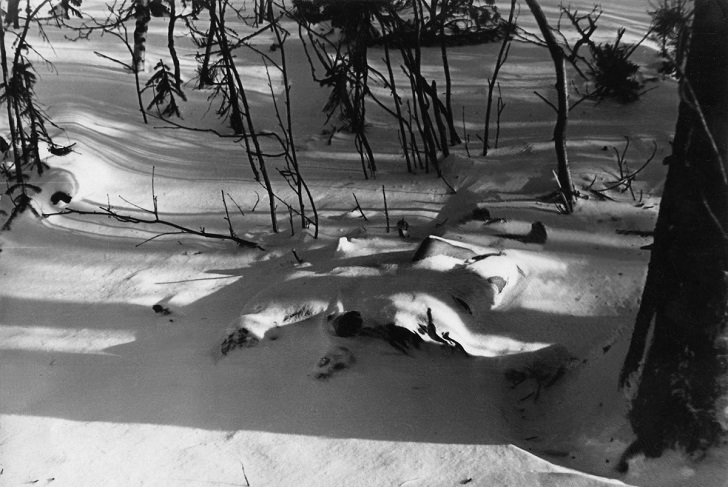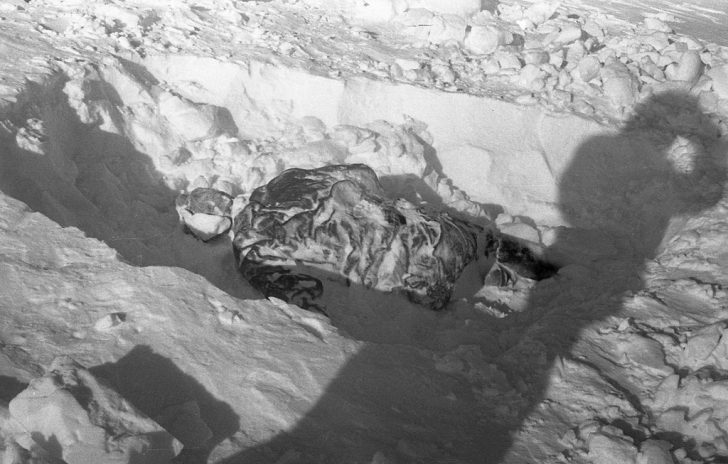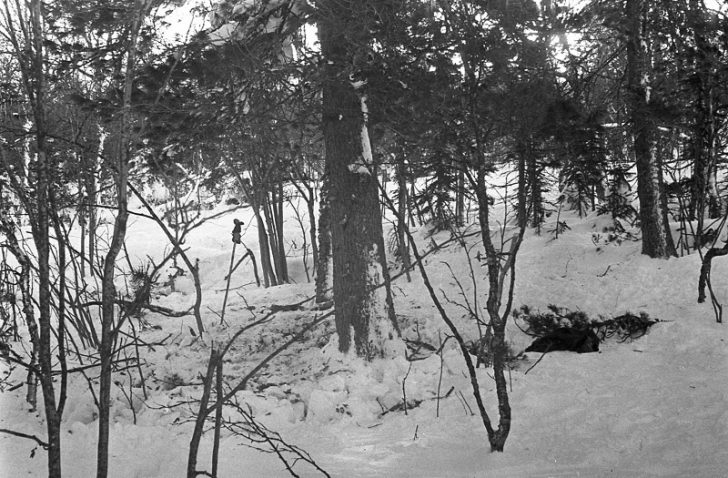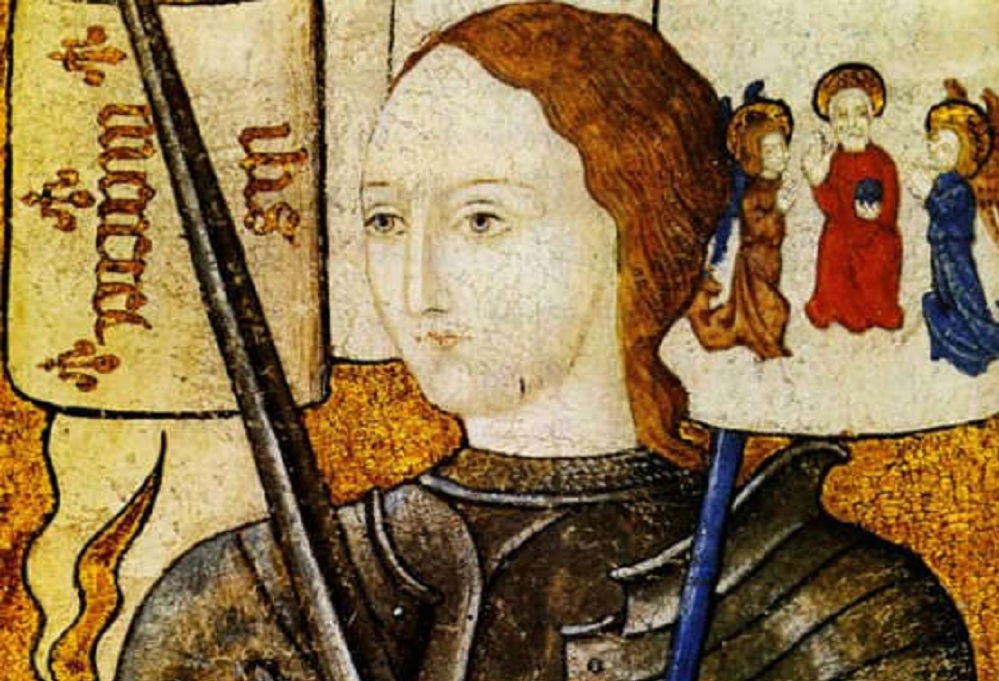In the icy expanses of the Ural Mountains, the Dyatlov Pass incident remains one of the most enigmatic chapters in the annals of mysteries. It was here in February 1959 that a group of experienced hikers met their inexplicable demise under circumstances that have baffled investigators, researchers, and the public alike. The autopsies provided some insights, yet they raised more questions than answered. This comprehensive will explore everything you need to know about The Dyatlov Pass incident autopsy.
Discovery and Initial Examination
On February 27, 1959, the first two bodies, those of Yuri Doroshenko and Yuri Krivonischenko, were discovered near a cedar tree, under unsettling conditions. They were found shoeless and partially dressed, which perplexed the authorities. The Dyatlov Pass incident autopsy initially suggested hypothermia, but peculiar injuries such as missing skin on the knuckles and third-degree burns indicated a more complex scenario.

Dyatlov Pass | On February 27, 1959, the first two bodies, those of Yuri Doroshenko and Yuri Krivonischenko, were discovered near a cedar tree under unsettling conditions.
Subsequent findings included three more team members, including the group’s leader, Igor Dyatlov, who was found with a range of minor injuries and an unbuttoned jacket—a peculiar detail considering the sub-zero temperatures. Zinaida Kolmogorova, found later, had severe bruises and a long, eerie bruise on her torso that seemed inconsistent with a simple death by freezing.
Dyatlov Pass Incident Autopsy Insights
The autopsies conducted by Boris Alekseevich Vozrozhdenniy and other forensic experts brought several disturbing details to light. For instance, Rustem Slobodin had a significant skull trauma that was hard to attribute merely to an accidental fall. More intriguingly, the last four bodies, found only months later, had injuries that resembled those sustained in high-impact trauma akin to a car crash. These findings complicated the narrative that no foul play was involved.
Confounding Injuries and Unanswered Questions

Dyatlov pass | Rustem Slobodin had a significant skull trauma that was hard to attribute merely to an accidental fall.
What truly sets the Dyatlov Pass incident autopsy reports apart are the baffling injuries that some of the hikers sustained. Lyudmila Dubinina and Semyon Zolotaryov, for instance, suffered from massive internal injuries while having minimal external trauma. Such paradoxical findings suggest that whatever forces acted upon them, they were both extraordinary and lethal, raising speculations about high-pressure impacts or even military-grade force.
Autopsy reports meticulously document these anomalies. For Dubinina, the absence of her tongue and eyes, combined with extensive chest trauma, painted a grim picture of her last moments. Similarly, Zolotaryov’s injuries, including a fractured skull and missing eyeballs, were so severe that they seemed inconsistent with mere environmental exposure or an accident.
The Environmental and Human Factors
While the autopsy results provided critical data, they also highlighted the severe conditions under which these hikers were found. The bodies under the cedar showed signs of having attempted to survive harsh elements, evidenced by the makeshift fire and shelter efforts. However, these same reports also subtly suggest the presence of other individuals or perhaps even confrontational encounters, given the nature and distribution of the injuries.

Dyatlov pass | The bodies under the cedar showed signs of having attempted to survive harsh elements, evidenced by the makeshift fire and shelter efforts.
Each autopsy report from the Dyatlov Pass incident not only contributes to the factual matrix of the case but also deepens the mystery. The medical examiner’s findings, from frozen bodies with strangely configured injuries to signs of a violent physical altercation, make it clear that the hikers’ last hours were marred by extraordinary circumstances.
The precision of the injuries, some indicative of a fight or an escape attempt, and others of an overpowering despair, leave us pondering the real sequence of events against the silent backdrop of the snowy Ural Mountains.




